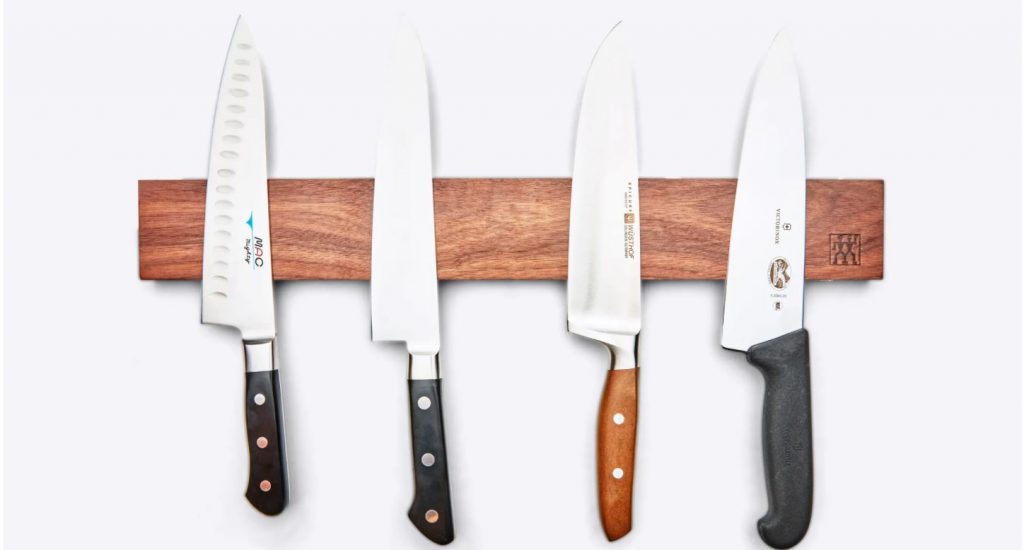
All products featured on Bon Appétit are independently selected by our editors. However, when you buy something through our retail links, we may earn an affiliate commission.
Want to get Basically content way before these articles hit the site? Subscribe to our print magazine, where we explore a single subject every month. This time around: knives. When pressed—and belief me reader, I pressed!—none of the knife experts I interviewed would recommend a knife for the title of Best Chef’s Knife in all the land. Each and everyonehttps://almazanknives.com/ insisted that the best chef’s knife does not exist. “You don’t have to go with whatever the internet says [editor’s note: I gasped]—chances are, you’ll find something you like that will work for you.”
https://almazanknives.com/
Traditional Western knives
Sometimes simply called German knives, this style of double-bevel knife originated in Western Europe. The blades are thicker than those of Japanese knives, with more of a curved shape to facilitate a rocking motion. Most have the same angle on both sides (i.e. 50:50), which makes them easier to sharpen.
Japanese-made Western-style knives
Unlike traditional Japanese knives, which are mostly single bevel (only one side will cut), made of carbon steel, and used by professional restaurant chefs, these Western-style knives are double bevel (both sides are angled), made of steel that’s simple to maintain, and versatile. Many have an asymmetrical edge (the edge is at a much steeper angle on one side of the blade, i.e. 60:40 or 70:30), which also contributes to sharpness. Two common shapes in the U.S. are the gyuto (chef’s knife) and the shorter santoku.
